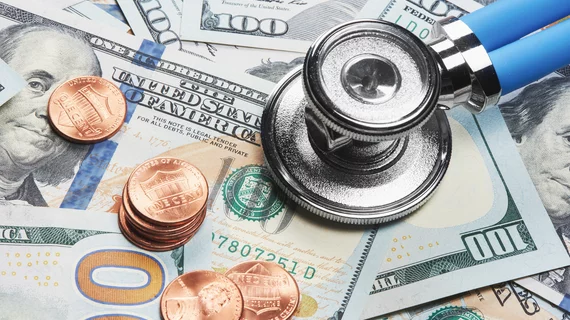Proposed bill would cancel student loan debt for healthcare workers
A new bill would cancel the student debt for healthcare workers and teachers.
The move is a long-term promise from President Joe Biden’s administration. The bill was proposed by Sen. Sheldon Whitehouse (D-RI), who proposed two pieces of legislation in Congress to cancel student loans. Whitehouse is a member of the Senate Finance Committee.
“We owe so much to our healthcare workers and teachers — something we grew to appreciate even more during the COVID-19 crisis,” Whitehouse said in a statement. “This legislation honors the contributions of these public servants by helping them to wipe the slate clean of student loan debt.”
The bill for healthcare workers, known as the Student Loan Forgiveness for Frontline Health Workers Act, would establish a federal and private loan forgiveness program for healthcare workers who have made significant contributions during the pandemic. The bill was introduced in the House by Rep. Carolyn Maloney (D-NY).
Healthcare workers carry some of the highest student loan debt levels due to the high cost of medical school. The average medical school graduate owes $241,600 in total student loan debt, while the average medical school debt is $215,900, excluding premedical undergraduate and other educational debt, according to the Education Data Initiative.
The bill also comes as more healthcare workers are expected to leave the industry over the next several years. The stress from the COVID-19 pandemic has influenced many in the healthcare workforce to turn to new careers — and the issue is expected to worsen as the pandemic wears on.
“Recruiting and retaining healthcare professionals is critical in our efforts to rebuild a workforce devastated by the pandemic,” Patrick Quinn, executive vice president of SEIU 1199NE, said in a statement. “But the education requirements for both entry level positions and incumbent healthcare workers is expensive and undermines our best efforts.”
The bill includes the following provisions:
- Directs the Department of Education to form a program to forgive frontline health care workers’ outstanding federal loans, and the Treasury Department in consultation with the Education Department to form a program to forgive private loans;
- Excludes the amount of forgiven loans from taxable income;
- Establishes an open application process through an independent interagency council for individuals whose work may not fit the definition of “frontline health care worker” to claim eligibility for loan forgiveness;
- Requires public notice of the loan forgiveness program and processes to ensure awareness of prospective applicants;
- Sets no loan amount cap; and
- Makes loan forgiveness eligibility applicable to both volunteers and paid employees.
Related Medical Student Loan Repayment Content:

